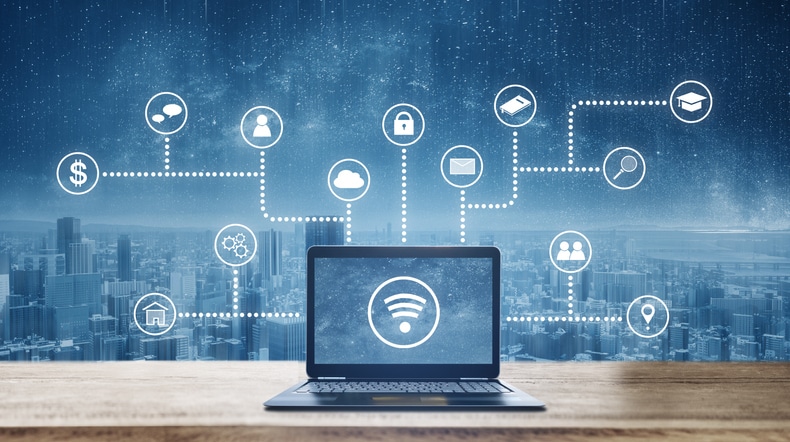How To Solve Simple Networking Issues On Your PC?
Don’t we all hate losing internet connection? It’s even more annoying when you are the only one facing internet issues and everyone in your neighborhood or even in your house are enjoying it!
And anyone without expertise in such subjects has to look for professional help, which is costly and time-consuming.
Most network issues can be fixed with simple solutions. If only you knew these solutions, you could be fixing the problem on your own.
So, want to learn the simple troubleshooting steps to solve the networking issues on your PC? Then keep reading!
Simple Troubleshooting Steps To Solve Networking Issues On PC
Most networking issues, well at least a big chunk of them, can be solved on your own without any professional help.
All you have to do is follow the methods I have mentioned here one by one until the issue is fixed on your PC.
Solution 1: Power Cycle Your Router
When you see that connecting with an ethernet cable lets you access the internet but connecting to the Wi-Fi doesn’t, then a simple fix is it power cycle the router.
Routers tend to run all the time, and it is recommended to have them run instead of switching them on and off frequently.
However, routers can become overheated if they are running for a long time. This is further influenced by room temperature and whether it is getting direct sunlight or not.
Whichever the case, if you find that your router is hot to the touch (or even if it’s not), then power cycling can fix the problem.
Here is how you can power cycle the router:
- Turn off the router and disconnect the power cables.
- Wait for at least 10 -15 minutes to let it cool down.
- Now reconnect the power cables and turn on the router.
Connect to the Wi-Fi and see if you still face the connectivity issues.
Solution 2: Search The Issue On Google
If you are getting an error when failing to connect to the internet, then the wisest move is to simply Google it, or Bing it if that’s more to your preference.
There are thousands of technical blogs available on the internet that help users solve such specific errors for free. If you are doubtful about which website to follow, then you can visit reputed websites like DigiCruncher.com and search for the error there.
DigiCruncher has hundreds of troubleshooting articles, catering to specific errors users face on PC, mobile, internet connectivity, other devices like printers, etc. You should be able to find a solution on their website.
Solution 3: Change DNS
Another handy trick in solving networking issues is changing the DNS. If you are not able to open specific websites, and getting errors like DNS not responding or anything similar, then changing the DNS can solve it.
Here is how you can change the DNS on your PC:
- Press the Windows + R keys to open Run.
- Type ncpa.cpl and press Enter. This will open the Network Connections window.
- Right-click on the Network adapter you are using and select the Properties option.
- Double-click on the Internet Protocol Version 4 (TCP/IPv4) option.
- Select Use the following DNS server addresses option.
- Enter 8.8.8.8 in the Preferred DNS server section and 8.8.4.4 in the Alternate DNS server section. Click on OK to save the changes.
Solution 4: Flush DNS
If changing the DNS doesn’t work, then you can try flushing the DNS. This deletes the DNS cache, which will remove any corruption that can be causing the issues and hopefully solve the problem.
Here is how you can do it:
- Type Command Prompt in the search bar and right-click on the top result.
- Select the Run as administrator option from the context menu. This will open the Command Prompt.
- Simply copy-paste the following command in the Command Prompt and press Enter.
ipconfig /flushdns - Wait for the command to finish running and restart your PC.
Wrapping Up
So, that’s it. Here was a small guide on how to troubleshoot internet connectivity issues on your PC. If you have any questions related to this topic, then ask us in the comment section.









 TechQuark is a mobile-friendly website. Simply bookmark
TechQuark is a mobile-friendly website. Simply bookmark 